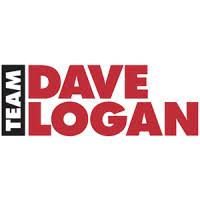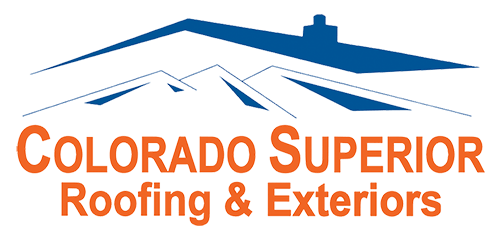Inspecting your roof is one simple step you can take in protecting the roof that protects you and your family every single day. Longmont roofing contractors can help you repair or replace your roof if need be, but often, all it needs is a little love to keep it sturdy and solid. Here are some tips to help you check out the condition of your roof:
Tips for a Semi-Annual Roof Inspection
Your roof loves you. It must since it’s the roof’s job to literally take a beating to protect your home.
But it is a hard job. Environmental changes of temperature, rain, snow, sleet, ice, ultraviolet radiation, damp shade, wet leaves and any number of factors can take their toll on roofing such as asphalt shingles. Twice a year such as in the Spring and Fall it is a good idea to walk the roof and make a visual inspection of its condition.
You can of course try to gauge condition from the ground using binoculars but better results will happen if you get up on the roof and walk it. Please note that whenever using a ladder to access the roof you should know and apply ladder safety.
Here are some key areas to evaluate when making a visual roof inspection. You’ll want to check the main roof components involving shingles, flashing and gutters.
Check the Roof Shingles:
- Check the condition of your roofs shingles. Damaged shingles that are loose, curled, blistered, broken or even missing need to be repaired quickly. Carefully lift a shingle and make sure you see roofing underlayment between the shingles and the roof decking. If this critical underlayment is missing the roof has been installed improperly and needs replacement. Without underlayment water damage will continue to occur in your home and to the roof shingles.
- Shingles that curl up or down do it as a result of being improper installed, due to environmental conditions or age.
- Buckling shingles are usually caused by lack of roofing underlayment.
- Cracked or bent shingles often occur as a result of weather conditions, age and general wear.
- Roof shingles disintegrating from age is a serious problem requiring roof replacement.
- Check the ridge shingles for cracks or failure. Leakage here can present itself anyplace inside your home.
- Shingles missing or damaged from wind, hail or impact or other causes of environmental roof damage such as moss will need to be replaced.
- Check for granular erosion of the roof shingles. This is a sign of deterioration and will require new roof shingles soon.
Check the Roof Flashing:
- Check the roof valleys (where two different roof planes meet) for cracked roofing, holes in any patches or failure of any metal valley flashing. Valleys are particularly vulnerable to leaks.
- Check for roof flashing damage in step flashing at walls and around chimneys. Make sure there are no gaps between the flashing and the wall.
- Check for flashing damage around roof penetrations such as vent pipes. They should be tight, sealed with a flashing boot and pliable caulking or bituminous roofing cement. Be on the lookout for a missing rubber flashing boot, improperly installed flashing boot such as the metal base of the flashing boot isn’t covered by shingles at the sides and above the stack, overall flashing damage, visible nail heads securing the boot flashing to the roof deck, the boot is coated with dried and cracked roof cement.
Read the full article at thespruce.com






